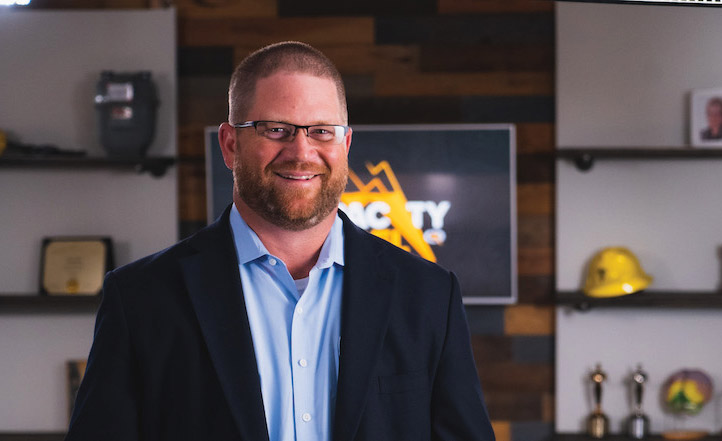Related Article:
Quanta Services Says 'New View' Safety Reduces Severe Injuries
Back to:
25 Top Newsmakers
After Matt Compher joined contractor PLH Group in 2009, he worked hard to protect employees as senior vice president for safety, health and environment. Since he left the firm in 2016 to join Quanta Services, the biggest specialty contractor in the U.S. with 45,000 employees, he now has a similar range of responsibilities, including work quality.
But Compher and his colleagues have taken on an even bigger challenge: overhauling the company’s practices according to “new view” safety principles. It seems to be working.
Safety scientists have long perceived a difference between smaller and more severe breakdowns. Although Quanta and other contractors have been able to lower total recordable injury rates over the years using their existing safety programs, severe and fatal accidents have not declined at the same rate, or have actually risen.
Instead of only preventing safety incidents and events, the emphasis of this new view is to build capacity for incidents to happen with minimal harm. Early results are encouraging. Quanta operating units, which perform hazardous work involving pipelines and power lines, many of them necessarily energized at the time the work is done, have cumulatively recorded a 29% year-to-year decrease in life-threatening, life-altering or fatal accidents, says Compher.

Matt Compher has worked to translate the ideas behind “new view” safety into a unique program geared to field crews of Quanta Services.
Photo courtesy Quanta Services
THE CAPACITY MODEL
The effort is still in its early stages. After his research of what new view ideas entailed—no punishment for errors, streamlined safety rules and constant learning from mistakes about how to limit the peril when an error or accident does occur—Compher tailored the ideas to Quanta’s needs. In late 2019, the company began adopting “The Capacity Model”—a key concept that describes the ability to absorb and avoid severe injury even when mistakes are made.
The new view safety has been practiced at a handful of construction employers going as far back as 10 years. Quanta, however, has taken a very systematic approach centered around high-energy-events—the most dangerous kinds.
Prior to his review of safety practices and ideas that he conducted upon joining Quanta, Compher’s world included many of the traditional goals and measures of construction safety programs.
“My career involved total recordable injury rates, hand injuries, slips and falls, those kinds of things,” he says. Traditional measures of success had an effect, but things that hurt workers are not the same as what kills them—new view safety sometimes dubs them S**T That Can Kill You —and Quanta now puts a lot of effort into identifying them.
Much construction safety in recent decades has been conducted with a goal of zero: zero incidents, injuries or deaths. The new view recognizes the impossibility of that idea in order to embrace resilience and limit harm. And it involves a lot of grassroots information, conversations and learning with the construction field crews.
Todd Conklin, an organizational culture expert and leading theorist of new view safety, sees Compher as part of “the new generation of construction leaders who is okay with giving up the zero idea” to embrace another approach.
Another new view safety expert notes that Compher is ideally suited to adapt these safety ideas into a program geared for craft workers. “Matt’s very much a grunt who doesn’t need to go extremely deeply into the minutia of the ecclesiastical issues” involving new view or traditional safety, observes consultant Mark Yeston.
If Compher and Quanta succeed, expect to see other construction contractors that have been wedded to their behavior-based safety programs take a fresh look at this alternative approach to safety. Quanta’s s early signs of success are likely to generate more interest, especially where the most hazardous types of work are performed.





Post a comment to this article
Report Abusive Comment